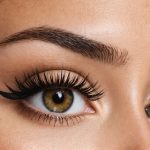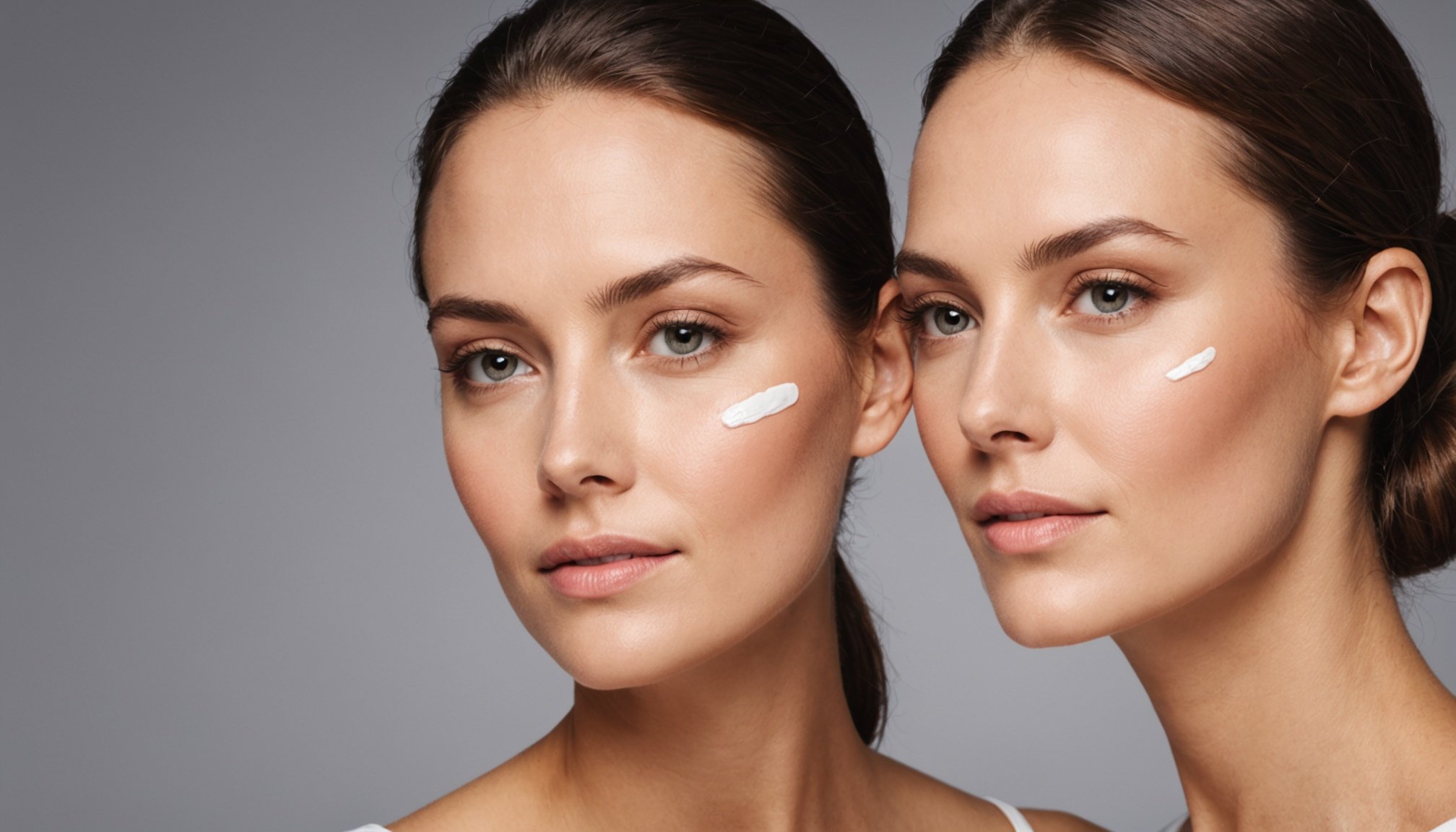Understanding Retinoids and Their Benefits
Retinoids are a group of compounds derived from vitamin A renowned for their impressive anti-aging capabilities and contribution to overall skin health. These compounds come in various forms, each offering unique benefits. The most common types include retinol, retinaldehyde, and retinoic acid. While retinol is available in over-the-counter products, retinoic acid typically requires a prescription due to its potency.
At a cellular level, retinoids work by promoting the turnover of skin cells. They penetrate the skin and influence the way cells develop, encouraging the removal of old skin cells and stimulating the production of new ones. This process diminishes the appearance of common signs of aging, such as wrinkles and fine lines. Additionally, retinoids boost collagen production, which enhances the skin’s firmness and elasticity.
Have you seen this : Unlocking the art of lipstick: your definitive guide to finding the ideal shade for every occasion
Incorporating retinoids into a skincare routine can significantly improve skin texture and tone, ultimately leading to healthier, more youthful-looking skin. For optimal results, it is recommended to start slowly and gradually increase usage as your skin adapts. Inclusion of sunscreen is essential when using retinoids, as they can increase skin sensitivity to sunlight. Understanding the correct application method ensures the benefits of retinoids are fully realized without compromising skin health.
Choosing the Right Retinoid for Your Skin
Selecting the appropriate retinoid can be a game-changer for your skincare routine. It is crucial to understand the different forms and select one that aligns with your specific needs.
Also read : Ultimate guide to heat styling: key techniques for safeguarding curly hair with thermal protection
Different Forms of Retinoids
Retinoids are a class of compounds derived from vitamin A, with varying strengths and formulations. Retinol is a milder form, ideal for beginners or those with sensitive skin. On the other hand, Tretinoin is a stronger prescription-only variant, offering more potent results. Each type has its benefits, so familiarity with these differences is essential for optimal results.
Skin Types and Retinoid Suitability
Various skin types can affect how retinoids work. For instance, those with dry or sensitive skin may prefer starting with a gentler retinol formulation to reduce irritation. Conversely, individuals with oily or acne-prone skin might benefit more from stronger options like Tretinoin. Choosing the right formulation helps in minimizing side effects while maximizing benefits.
Recommendations Based on Individual Skin Concerns
To address specific skin concerns, tailor your retinoid choice. For anti-aging benefits, retinol can improve fine lines and texture with continued use. For acne, Tretinoin might be more effective in reducing breakouts and clearing the skin. Always consider your unique concerns to make a well-informed decision.
Integrating Retinoids into Your Regimen
Introducing retinoids into your skincare routine can be transformative but requires a strategic approach for optimal results and minimal irritation. The ideal time to start retinoids is usually during your evening routine, after cleansing and before moisturizing. This timing allows for the active ingredient to work overnight when skin repair is most effective.
Begin with a lower concentration to allow your skin to gradually adapt. Starting with a gentle product minimizes potential side effects like dryness or peeling. Look for formulations containing 0.01% to 0.03% retinoid for initial use. Over time, as your skin builds tolerance, you can transition to higher concentrations.
Follow a simple step-by-step guide for applying retinoids:
- Cleanse your face gently and thoroughly.
- Allow your skin to dry completely, preventing enhanced penetration that could cause irritation.
- Apply a pea-sized amount of retinoid to your entire face. Avoid direct contact with eyes and mouth.
- Finish by using a moisturizer to seal in hydration and reduce dryness.
Incorporate retinoid use into your routine sparingly at first, around two to three times a week, and gradually increase frequency. This measured approach will help in achieving clear and smooth skin, fostering a flawless complexion.
Common Side Effects and How to Manage Them
Introducing retinoids into your skincare routine can significantly improve skin appearance, but it’s important to be aware of potential retinoid side effects. Initially, users might experience mild to moderate skin reactions such as dryness, redness, and peeling. These issues are typical as your skin adjusts to the retinoid.
To manage and minimise irritation effectively, start using retinoids gradually. Applying the product every other day initially, and then slowly increasing the frequency, helps to reduce irritation. Pairing your retinoid with a gentle moisturiser, ideally formulated for sensitive skin, can also balance out dryness. Furthermore, using sunscreen every morning is crucial, as retinoids can heighten your skin’s sensitivity to the sun.
While these strategies help most users manage side effects, if severe irritation persists, it’s wise to consult a dermatologist. They can assess whether the retinoid concentration should be adjusted, or if a different form of retinoid would be better suited to your skin type. Being proactive and informed about how to handle these side effects practically ensures a smoother transition into enjoying the long-term benefits retinoids provide.
Optimal Pairing with Other Skincare Ingredients
Finding the right combination of skincare ingredients can elevate your beauty routine, ensuring that products work together harmoniously. As you consider layering products, understanding their interactions becomes essential.
Ingredients That Complement Retinoids
Retinoids are well-known for their anti-aging benefits, but they perform even better when paired with the right compounds. Niacinamide is a fantastic partner, providing hydration and calming the skin, thus reducing potential irritation from retinoids. Hyaluronic acid is another excellent ally. It enhances moisture retention, soothing any dryness that retinoids might cause.
Ingredients to Avoid When Using Retinoids
Not all ingredients are beneficial alongside retinoids. Avoid AHAs and BHAs when using retinoids, as they increase skin sensitivity. Products with benzoyl peroxide also clash with retinoids, as they can deactivate their effectiveness. Awareness of these interactions helps prevent adverse reactions.
How to Layer Products for Maximum Efficacy
To maximise the benefits of your skincare routine, learn to layer products correctly. Begin with the thinnest consistency, allowing each layer to absorb. Apply active ingredients like retinoids before heavier moisturizers. By understanding and mastering ingredient interactions, your skincare regimen will become more efficient and effective.
Expert Tips for Beginners
For novice users adopting retinoids, foundational skincare advice can make all the difference. When first introducing retinoids into your regimen, patience is vital for optimal results. Start with a low concentration to allow your skin to adapt, applying just a pea-sized amount. Gradually, you can increase the frequency as your skin tolerates it better.
Importance of Sunscreen
A crucial aspect often overlooked is the heightened sensitivity to sunlight retinoids can cause. Thus, a broad-spectrum sunscreen becomes indispensable. Ensure you apply it every morning, regardless of weather conditions, to defend against UV rays. This line of defence won’t just prevent sunburn but will also protect your skin from premature aging.
Common Mistakes to Avoid
Avoid frequent errors that could hinder your progress. One prevalent mistake is mixing retinoids with other active ingredients like AHAs and BHAs, which can exacerbate irritation. Additionally, resist the urge to layer on heavy creams immediately after – give the retinoid time to penetrate first. By ensuring you space out potent ingredients and layer products effectively, your routine optimization efforts will be fruitful. With these practices, you’ll navigate the world of retinoids like a pro, transforming informed skincare advice into glowing results.
Recommended Retinoid Products
When it comes to boosting your skincare routine with retinoid products, choosing the right option is crucial. There are diverse market options to cater to varying skincare needs and preferences. Here’s a look at some top recommendations.
High-Efficacy Drugstore Options
Drugstores offer some impressive retinoid products known for their efficacy. A prime example is Neutrogena’s Anti-Wrinkle Night Cream, renowned for its affordability and effectiveness. It’s designed to reduce fine lines and improve skin texture. Alternatively, The Ordinary’s Retinol Serum presents a budget-friendly option with powerful results, ideal for those new to retinol.
Luxe Skincare Lines with Retinoids
For those who enjoy a hint of luxury in their skincare, premium brands offer exceptional retinoid options. Sunday Riley’s Luna Sleeping Night Oil combines retinoids with soothing ingredients to minimise irritation. High-end enthusiasts may favour Drunk Elephant’s A-Passioni Retinol Cream, notable for its potent formula and hydrating components.
Personalized Product Recommendations Based on Skin Type
Understanding your skin type is essential for tailored skincare recommendations. For oily skin, differin gel provides targeted treatment with minimal risk of clogging pores. Dry skin types might appreciate the bareMinerals Ageless Phyto-Retinol Face Cream, which offers nourishment while tackling signs of aging. Consider these skincare recommendations to make informed decisions and enhance your routine effectively.






